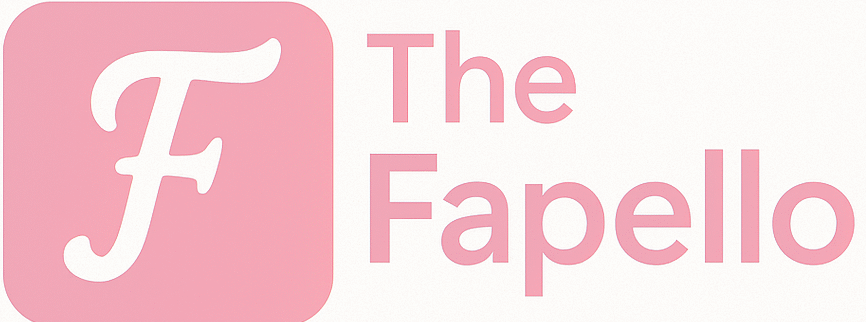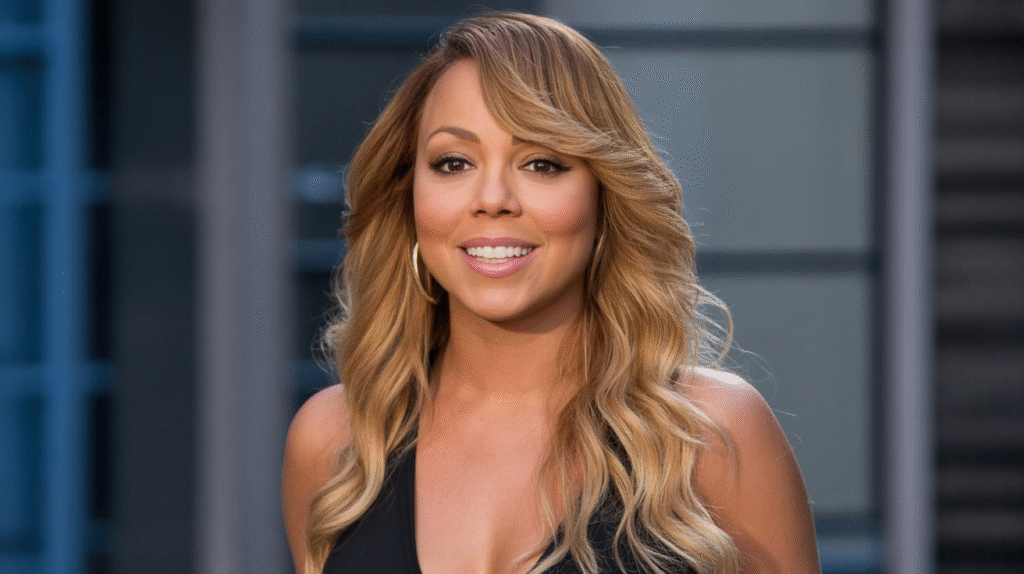Back in 2005, when Mariah Carey released “We Belong Together,” no one expected just how monumental it would become. After a period of ups and downs in both her personal and professional life, many critics had counted her out. But she didn’t just come back—she stormed back. “We Belong Together” wasn’t just a hit; it became the defining track of her career’s second act.
As a lifelong fan of R&B and someone who grew up in the early 2000s, I remember exactly where I was the first time I heard those opening piano chords. There was something raw, vulnerable, and real about the way Mariah delivered that song. And nearly two decades later, it still feels fresh. Let’s dive into why “We Belong Together” remains an R&B masterpiece and how it shaped the modern music scene.
Table of Contents
1. The Comeback of the Century
Before we even dissect the song, let’s talk context. Mariah Carey was coming off what many deemed a “flop era.” Her 2001 album Glitter was critically panned (though now seen as underrated), and her 2002 follow-up, Charmbracelet, failed to make the kind of impact her earlier albums had.
But then came The Emancipation of Mimi. The lead single, “It’s Like That,” sparked some excitement, but it was We Belong Together—the album’s second single—that reintroduced Mariah Carey to the world in the most iconic way.
2. A Song Built to Last
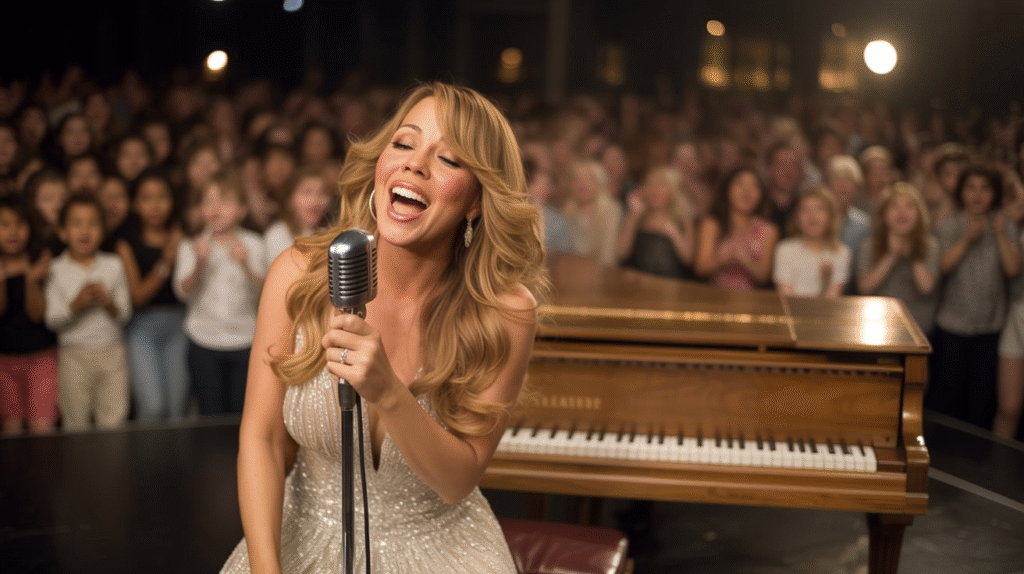
“We Belong Together” isn’t just catchy—it’s a masterclass in songwriting and production. Crafted by Mariah herself along with Jermaine Dupri, Manuel Seal, and Johntá Austin, it features a blend of pop and classic R&B. The production is minimal but emotional, with a repeating piano riff that builds into an emotionally intense climax.
What makes the song unique is its structure. There’s no traditional chorus—instead, it builds in a loop of pain, longing, and emotional confession. Mariah’s vocals go from whisper-soft to powerhouse belts by the end, mimicking the emotional rollercoaster of heartbreak.
Key Elements That Made It a Classic:
- Minimalist production: Mariah’s vocals is accentuated by the gentle tempo.
- Powerful vocal layering: Background harmonies enrich the song’s texture.
- Relatable lyrics: It speaks to anyone who’s ever loved and lost.
- No overproduction: Unlike modern over-compressed tracks, this one breathes.
3. A Deep Dive into Lyricism: Anguish in Every Word
Let’s take a moment to look at the lyrics that made the world stop:
“It’s still very difficult to believe that I lost a piece of myself when you left. Please return, baby, because we belong together.”
It’s the kind of line that really gets to you. We’ve all been there—sitting on the bed, staring at the ceiling, wondering if they’ll ever come back. Mariah taps into this universal feeling, but she elevates it with emotional delivery and precise wordplay.
There’s also a clever callback to classic R&B references:
“If you think you’re lonely now,” Bobby Womack sings to me on the radio.
That nod to Bobby Womack, followed by Babyface, positions Mariah in a legacy of soul artists. She’s not just singing R&B—she is R&B.
4. The Cultural Impact: From Radio to TikTok
At its peak, “We Belong Together” spent 14 consecutive weeks at No. 1 on the Billboard Hot 100. In addition to winning two Grammy Awards (Best R&B Song and Best Female R&B Vocal Performance), Billboard named it the Song of the Decade in 2010.
But its impact hasn’t faded.
- It’s still streamed millions of times monthly on Spotify.
- It’s a regular fixture in karaoke nights and wedding playlists.
- It’s been remixed, covered, and sampled by new-gen artists.
- On TikTok, Gen Z has rediscovered it through challenge trends and aesthetic edits.
That’s not just popularity—it’s legacy.
5. Personal Connection: Why It Still Gives Me Goosebumps
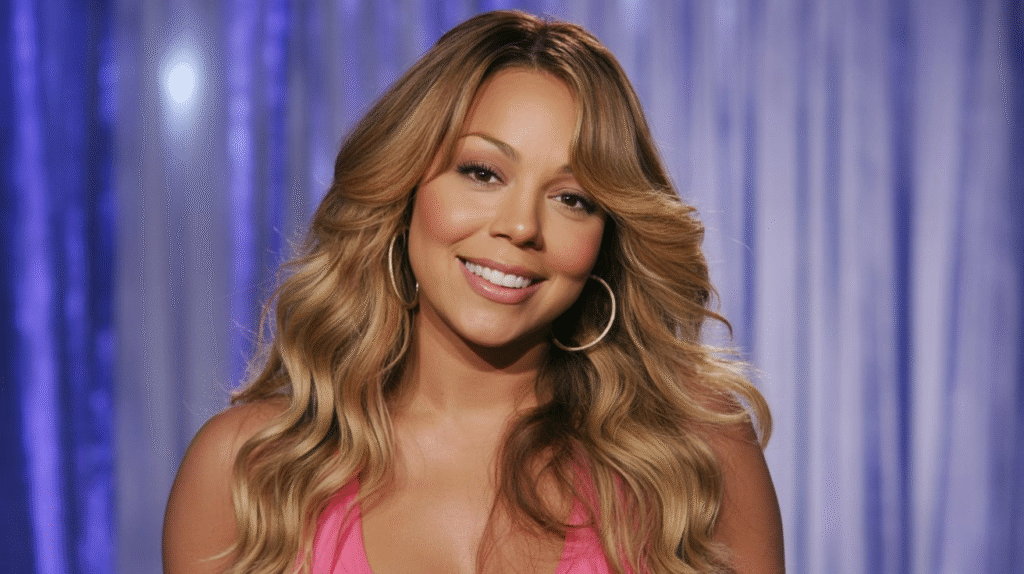
Everyone has a “We Belong Together” moment. For me, it was during my first heartbreak. I remember playing the song on repeat, crying into a pillow, thinking no one else could possibly understand. But when I heard Mariah’s voice crack with emotion, I realized I wasn’t alone. Music has that kind of power—and few artists harness it like Mariah Carey.
Over the years, that song has morphed for me. Now it reminds me not just of heartbreak, but of growth. It’s amazing how one track can feel like an emotional timestamp of your life.
6. Production Breakdown: The Dupri Effect
Jermaine Dupri played a massive role in shaping the sound of the mid-2000s, and “We Belong Together” is one of his finest moments. The song isn’t overloaded with sounds—just a ticking beat, some piano chords, and light synths. That sparseness creates space for emotion.
Fun Fact: The song was reportedly written and recorded in a matter of days—a testament to the synergy between Mariah and her collaborators.
Production Techniques Used:
- Layered vocal stacking
- Analog recording warmth
- Vintage R&B chord progression
- Subtle use of reverb for emotion
7. Influence on Modern R&B
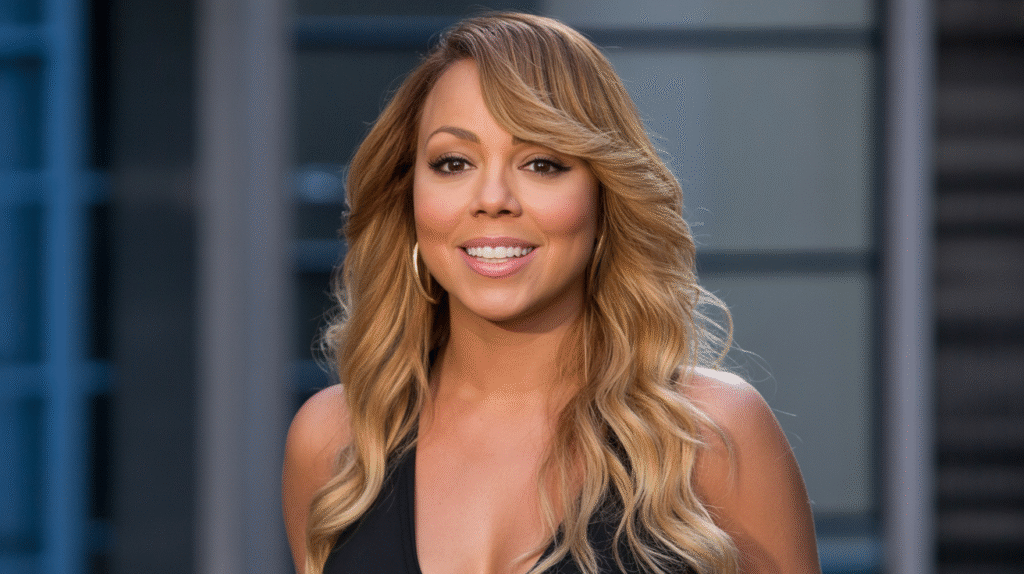
“We Belong Together” set a blueprint for the emotional, vocal-forward R&B we hear today. Artists like H.E.R., SZA, Summer Walker, and Ari Lennox have cited Mariah as an influence. The song’s minimal production, emotional storytelling, and vocal dominance are all elements we see in current chart-toppers.
It also helped revive interest in vocal-driven music at a time when auto-tune and dance beats were becoming dominant.
8. The Music Video: Simple Yet Powerful
The video for “We Belong Together” features Mariah in a wedding dress, preparing to marry someone she doesn’t truly love. At the last minute, she runs away—to be with the man her heart belongs to. It’s a classic soap opera storyline—but it works.
There’s something timeless about it. The visuals are elegant, dramatic, and deeply romantic.
9. Chart Performance & Records Broken
Let’s talk numbers:
- At the top of the Billboard Hot 100 for 14 weeks
- Billboard’s Song of the Decade (2000s)
- In the US, more than 6 million copies were sold.
- Grammy, BET, Billboard, and World Music Award wins
To this day, it’s one of the most successful female solo singles of all time. And it’s still being streamed, downloaded, and discovered by new generations.
10. Timeless Message: Why We Still Relate
More than anything else, “We Belong Together” reminds us that vulnerability is powerful. In a world that often encourages emotional detachment, this song stands as proof that raw honesty resonates more than perfection.
It’s not just about missing someone—it’s about the ache that lingers, and the hope that one day, things can be right again.
Final Thoughts: A Love Letter to a Classic
In a sea of digital noise, few songs can claim to stop people in their tracks the way “We Belong Together” still does. It’s not just a breakup song—it’s the breakup song. It’s the anthem of longing, of vulnerability, of emotional truth.
As someone who has studied music deeply and experienced the healing power of songs like this, I can say with confidence: We Belong Together is more than just a hit. It’s a musical monument. A touchstone of emotion. And an immortal part of R&B history.
FAQs Regarding Mariah Carey’s “We Belong Together”
1. When was “We Belong Together” released?
The second single from Mariah Carey’s album The Emancipation of Mimi, it was made available on March 29, 2005.
2. What genre is “We Belong Together”?
With hints of pop balladry and soul, the song is mostly R&B.
3. Who wrote “We Belong Together”?
The song was co-written by Mariah Carey, Johntá Austin, Manuel Seal, and Jermaine Dupri.
4. Did “We Belong Together” win any awards?
Indeed, it took home two Grammys in 2006: Best R&B Song and Best Female R&B Vocal Performance.
5. What is the message of the song?
“We Belong Together” expresses deep heartbreak and longing for a lost love, making it one of the most emotional breakup songs of all time.
